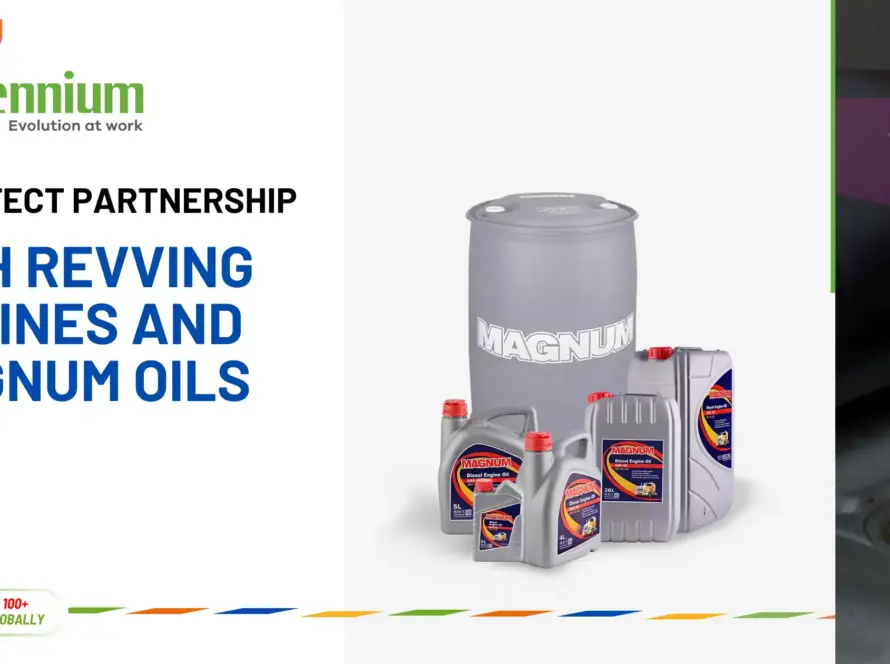One critical factor for smooth and efficient machine running is proper lubrication. Lubrication ensures that moving parts do not touch each other, increasing their durability and sealing off unnecessary time for repair.
In this guide, the readers will learn about the various categories of lubrication systems, the areas they are commonly used in, and the best practices for their operations.
What is Lubrication?
In its most elementary form, lubrication entails the application of a substance or material that is invasive in the context of two or more interactant surfaces, intending to decrease the frictional forces. When two surfaces are rubbed against each other, friction causes heat and wears them. In other words, the lubricant also serves as a barrier so that the machines will not come into direct contact, and they effectively run their functions.
How Lubrication Reduces Friction and Wear
- Creates a Film: Lubricants work between contacting surfaces to minimize touch by forming a thin layer to the interacting surface.
- Minimizes Heat Generation: Static friction leads to heat formation, which normally harms the parts. These reduce the above friction.
- Prevents Surface Damage: If lubrication is not given, the surfaces will be scratching, deformation or seizing.
This paper explores the body of knowledge available regarding the benefits of lubing and its importance in any maintenance schedule.
Major Types of Lubrication
Lubrication systems exist in different types and are used according to the type and conditions of machinery. Here’s a breakdown of the four main types:
- Fluid Film Lubrication
This form of lubrication uses a thin layer of liquid, commonly oil or water, which always borders the two touching surfaces. For instance, it’s widely incorporated in high-stress, high-reduction equipment like turbines, compressors and gearboxes.
Advantages:
- Reduces wear right down to nearly negligible sizes.
- Excellent cooling properties.
- High-speed suitable operations.
Applications: Manufacture of bearings, hydraulic systems and high-performance engines.
- Boundary Lubrication
The designation boundary lubrication is characteristic of a situation where the lubricant film is extremely thin, and the surfaces partially interact. This occurs when full fluid film bearings cannot be created and are prevalent during startup and low-velocity operations.
Advantages:
- Offers protection during operation at a high rate of staking and un-staking.
- Operates well in slow-speed, high-mass conditions.
Applications: Gears, cams, and chains.
- Mixed Lubrication
This one also says that it has features from both fluid film and boundary lubrication. It is commonly seen in machines that function at varying velocities and power demands.
Advantages:
Flexible in operating conditions
Applications: For the automobile industry engines and industrial presses.
- Solid Lubrication
There are pasty and solid lubricants for which no liquid lubricant or known substance can replace them, for example, in graphs where the temperature is high, a high vacuum exists or where contamination is unavoidable and molybdenum disulfide.
Advantages:
These machines can operate in very high and very low temperatures and any other conditions. Solid, so it does not stain or stay liquid to spill and evaporate.
Applications: High puller, forging equipment, machine tool, automotive applications, aerospace, food processing equipment, refrigerator and air conditioning equipment, petroleum & gas industry equipment, power generation equipment, ceramic, kiln & furnace equipment.
Grease vs. Oil Lubrication
However, the choice between grease or oil depends on the equipment used and the working conditions. Let’s compare the two:
Grease Lubrication
Composition: Grease is a combination of oil, thickeners and additives.
Best For: Products that are used sparingly often and demand little lubrication.
Advantages: Stops dirt and moisture from getting into the material as it acts as a sealant layer. Sticks on surfaces, ideal for placing on vertical or areas that are difficult to access.
Oil Lubrication
Composition: Oil feels like a liquid fuel, sometimes combined with thickenings to improve performance.
Best For: Fast, accurate equipment.
Advantages:
- Officiates excellent cooling as it gets rid of heat.
- Has a continuous flow, enabling you to reach complex sections within the system.
Key Takeaway: Apply grease to large, slow-moving machines and oil to small, high-speed, close-tolerance applications.
Choosing the Right Lubrication for Your Machinery
Selecting the best lubrication method involves considering several factors:
- Operating Conditions: As a rule, when the speed is high, it is necessary to use oil, and when the low speed, heavy load, it is better to use grease or solid lubrication.
- Temperature Range: High-temperature use of the machinery may require solid lubricants, while oil is appropriate at moderate working temperatures.
- Environment: Sometimes, grease’s sealing ability can greatly help in dusty or wet conditions.
- Type of Equipment: While a precision tool may use lightweight oil, industrial presses may require heavy grease.
The initial and obvious step is to always consult with the guidelines outlined by the equipment manufacturer.
Maintaining Lubrication Systems
To continue using your machinery in its optimal condition, you should always service the lubrication system.
- Regular Inspections
- Search for cracks in the system or dirt in it.
- The number of particles in a lubricant and the general condition of the lubricant need to be evaluated for signs of deterioration or contamination.
- Replace Lubricants as Needed
- Manufacturers should also consider the recommended intervals for changing lubricants.
- Do not over-grease; it may lead to overheating or damaging to the equipment.
- Keep Systems Clean
- Exclusion, that is, barring any contaminant such as dirt or water from getting into the system.
- Use the Right Lubricant
- It is also important to avoid using the wrong type and grade of lubricating material on your machinery.



